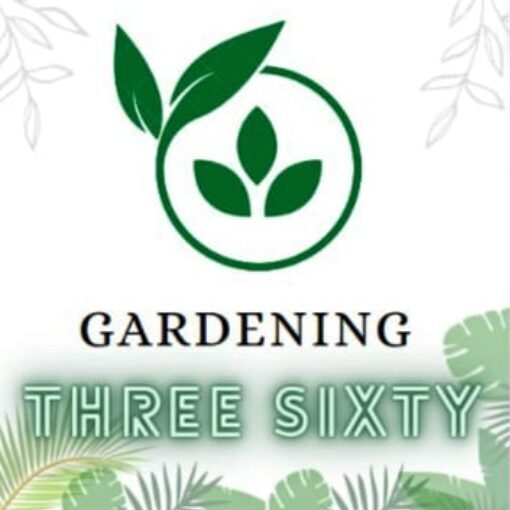Hanging baskets are a delightful addition to any garden or outdoor space. They bring a touch of charm and elegance, enhancing the visual appeal of your surroundings. These suspended planters offer a unique way to showcase your favorite plants, adding vertical interest and maximizing your garden’s potential.
Definition and Purpose
Hanging baskets are containers designed to hold plants, flowers, and herbs, suspended from hooks or brackets. They serve a dual purpose of beautifying your space and optimizing limited areas such as balconies, patios, or small gardens. These baskets are versatile, allowing you to grow a wide range of plants even in compact settings.

Benefits of Hanging Baskets
Aesthetics
One of the primary benefits of hanging baskets is their aesthetic appeal. They create stunning visual displays, adding color and texture to otherwise dull areas. Whether you prefer vibrant flowers or lush foliage, hanging baskets offer endless possibilities for creative arrangements.
Space Utilization
Hanging baskets are perfect for maximizing space. They can be hung from walls, ceilings, or poles, making use of vertical areas that might otherwise go unused. This vertical gardening technique is ideal for small spaces or urban environments where ground space is limited.
Plant Variety
Another advantage of hanging baskets is the variety of plants you can grow. From colorful blooms like petunias and geraniums to aromatic herbs like basil and thyme, these baskets allow you to experiment with different plant species and create diverse landscapes.
Choosing the Right Hanging Basket
Material
When selecting a hanging basket, consider the material carefully. Common options include plastic, clay, metal, and woven materials like wicker or rattan. Each material has its pros and cons in terms of durability, weight, and aesthetics, so choose one that suits your preferences and climate conditions.
Size
The size of your hanging basket depends on the plants you intend to grow and the available space. Larger baskets accommodate bigger plants or multiple species, while smaller ones are suitable for compact arrangements or single specimens. Ensure the basket size complements the plants’ growth requirements.
Drainage
Proper drainage is crucial for the health of your plants. Choose baskets with adequate drainage holes to prevent waterlogging and root rot. Consider lining the bottom of the basket with a layer of gravel or pebbles to improve drainage and airflow to the roots.
Also get more information
Best Plants for Hanging Baskets
Flowers
Flowering plants like petunias, geraniums, begonias, and fuchsias are popular choices for hanging baskets. Their vibrant colors and cascading growth habits create eye-catching displays throughout the growing season.
Herbs
Herbs such as basil, parsley, mint, and thyme thrive in hanging baskets. Not only do they add culinary value to your garden, but they also release pleasant aromas and attract beneficial pollinators.
Foliage Plants
Foliage plants like ivy, ferns, spider plants, and succulents offer greenery and texture to hanging baskets. Mix different foliage colors and textures for a visually appealing arrangement that stays attractive year-round.
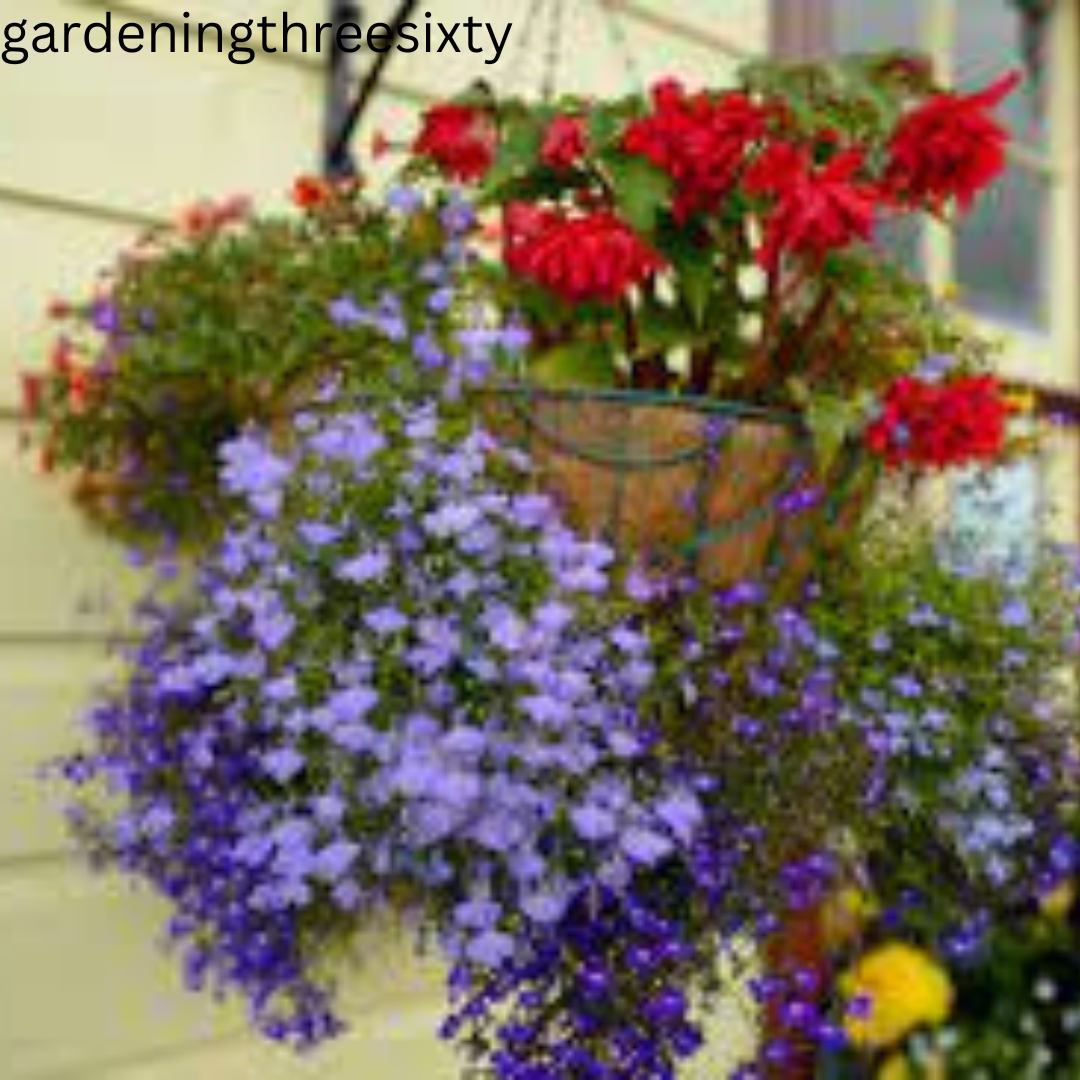
How to Plant a Hanging Basket
Preparation
Start by choosing a suitable potting mix for your plants, ensuring it provides adequate nutrients and drainage. Line the bottom of the basket with a layer of coarse material like pebbles or broken pottery to enhance drainage.
Planting Technique
Arrange your selected plants in the basket, considering their growth habits and spacing requirements. Place taller plants in the center or back of the basket and trailing varieties around the edges for a balanced look. Fill any gaps with additional potting mix and water thoroughly after planting.
Maintenance Tips
Maintaining hanging baskets involves regular watering, fertilizing, and pruning. Check the soil moisture regularly and water when the top inch feels dry. Apply a balanced liquid fertilizer every few weeks during the growing season, and trim any dead or overgrown foliage to promote healthy growth.
Maintenance Tips for Hanging Baskets
Maintaining your hanging baskets is essential to ensure the health and beauty of your plants throughout the growing season. Here are some expert tips to help you keep your baskets flourishing:
Watering Schedule
Establish a regular watering schedule based on the specific needs of your plants. During hot summer months, hanging baskets may require daily watering, while cooler periods may allow for less frequent watering. Adjust your watering frequency to prevent soil from drying out completely or becoming waterlogged.
Fertilizing Routine
Fertilize your hanging baskets regularly to provide essential nutrients for robust growth and vibrant blooms. Choose a balanced liquid fertilizer or a formula designed specifically for flowering plants, following the manufacturer’s instructions for application frequency and dosage.
Pruning and Deadheading
Pruning and deadheading are crucial tasks to promote continuous blooming and maintain a tidy appearance. Remove spent flowers and dead foliage regularly to encourage new growth and prevent diseases. Trim back leggy or overgrown stems to maintain a compact and bushy shape.
Pest and Disease Control for Hanging Baskets
Monitor your hanging baskets for signs of pests such as aphids, mealybugs, and fungal infections. Inspect the plants regularly, especially the undersides of leaves, and take prompt action if you detect any pests or diseases. Use organic or chemical treatments as needed to control infestations and protect plant health.
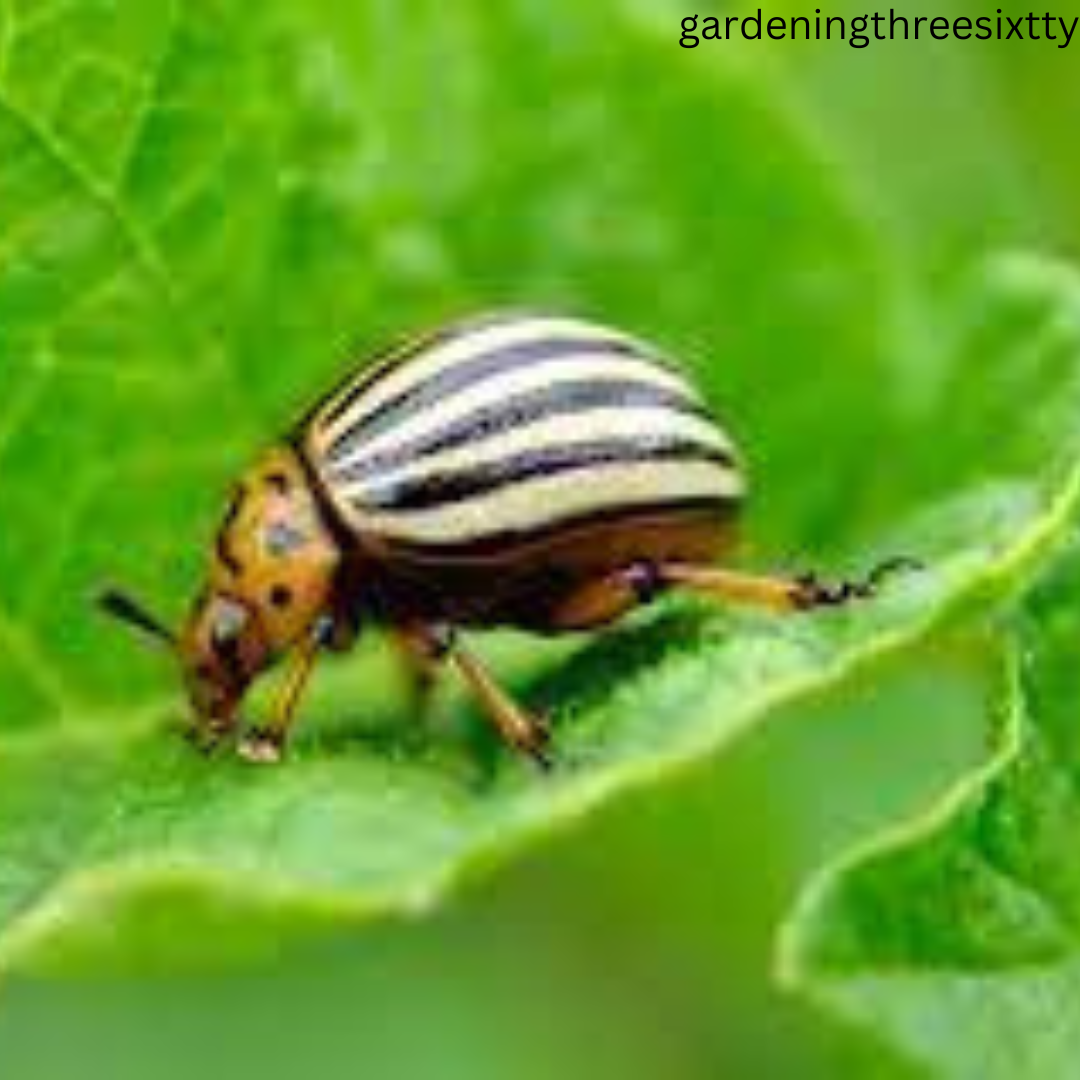
Seasonal Care for Hanging Baskets
Adjust your care routine based on seasonal changes and weather conditions. In colder climates, protect hanging baskets from frost or extreme cold by bringing them indoors or covering them with frost cloths. During periods of intense heat, provide shade or additional watering to prevent heat stress.
Overwintering Preparations
Before winter arrives, prepare your hanging baskets for overwintering if you live in regions with harsh winters. Move tender plants indoors or into a sheltered area, prune back excessive growth, and reduce watering frequency as plants enter dormancy. Protect baskets from freezing temperatures to prevent damage to roots and foliage.
Design Ideas for Hanging Baskets
Creating visually appealing and well-coordinated hanging basket displays can enhance the overall aesthetics of your garden or outdoor space. Here are some design ideas to inspire your creativity:
Colorful Cascades
Combine vibrant flowering plants with cascading foliage to create a dynamic and eye-catching display. Choose a color theme, such as shades of pink and purple or contrasting colors like yellow and blue, to achieve a harmonious look. Incorporate trailing varieties like trailing petunias, bacopa, or ivy for cascading effects.
Vertical Gardens
Transform vertical surfaces into lush green walls by arranging hanging baskets in tiers or rows. Mix and match different plant heights and textures to add depth and dimension to your vertical garden. Consider using a variety of ferns, spider plants, and flowering vines for a striking vertical display.
Seasonal Transitions
Update your hanging baskets with seasonal plantings to reflect changing seasons and festivities. Use spring bulbs and early bloomers for a cheerful spring display, vibrant annuals for summer color bursts, ornamental grasses and mums for fall warmth, and evergreens and berries for winter interest.
Theme Gardens
Create themed hanging basket gardens based on specific themes or styles. For example, a herb-themed basket could feature culinary herbs like rosemary, thyme, and oregano, while a tropical theme might include exotic foliage plants like ferns, bromeliads, and orchids. Tailor the plant selection and accessories to match the chosen theme.
Edible Arrangements
Combine ornamental and edible plants in hanging baskets for functional yet decorative displays. Incorporate trailing cherry tomatoes, strawberries, peppers, and edible flowers like nasturtiums and pansies for a colorful and fruitful arrangement. Ensure proper care and watering to maintain healthy edible plants.
Wildlife-Friendly Gardens
Attract pollinators and beneficial insects by including plants that support local wildlife in your hanging baskets. Choose nectar-rich flowers like bee balm, lavender, and salvia to attract bees and butterflies. Include native plants that provide food and shelter for birds, such as coneflowers, native grasses, and berry-bearing shrubs.
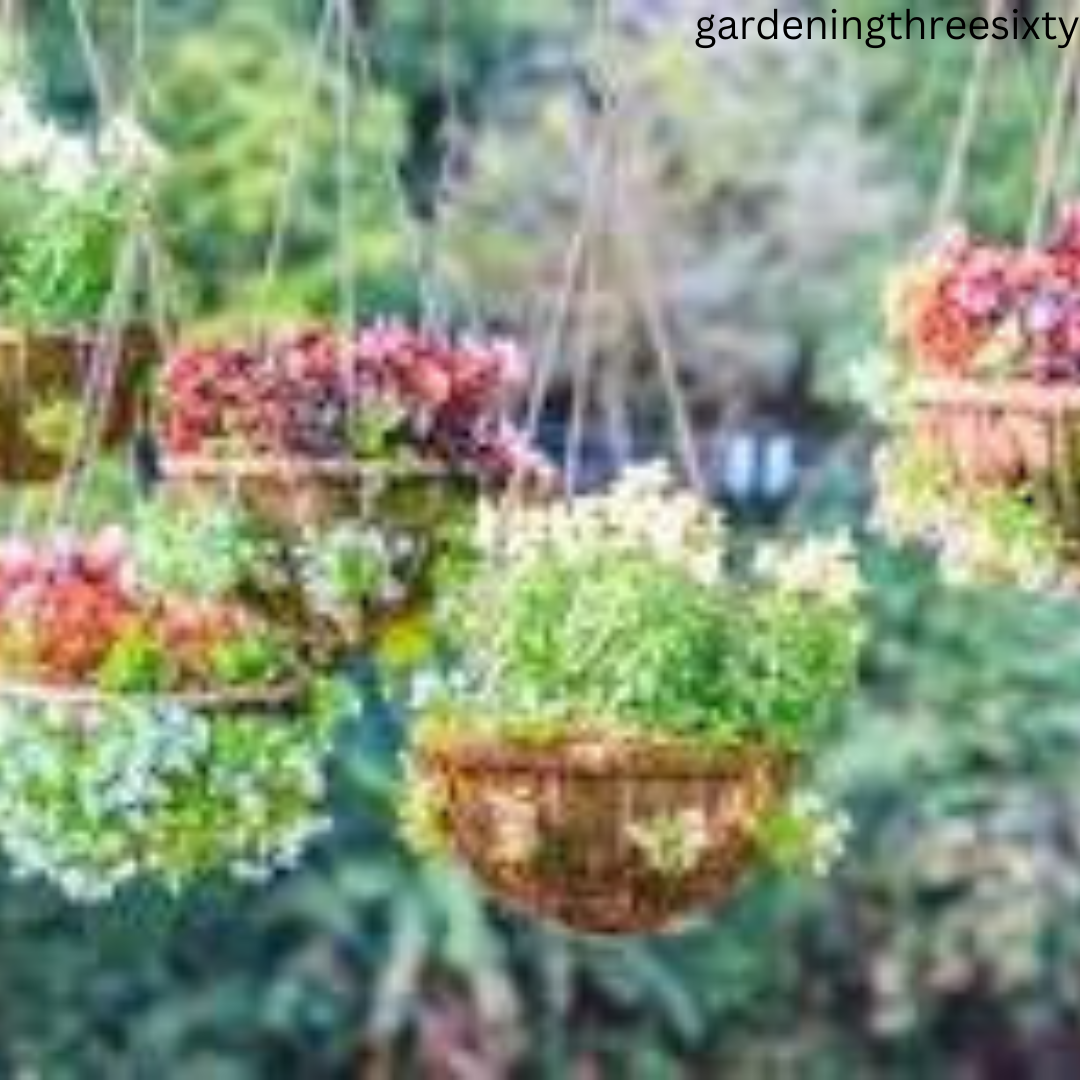
Plant Combinations for Stunning Hanging Baskets
Choosing the right combination of plants is key to creating visually appealing and thriving hanging baskets. Here are some plant combinations to consider for different color schemes and growing conditions
Thrilling centerpiece Lantana (vibrant clusters of flowers)
Trailing spillers Sweet potato vine (colorful foliage), Verbena (clusters of small flowers)
Filling fluffers Million Bells (tiny bell-shaped flowers), Bacopa (dainty flowers)
Sunny Delights
For baskets in full-sun locations, opt for sun-loving plants that thrive in bright, direct sunlight. Create a sunny oasis with combinations like
Thriller, Filler, Spiller
Combine a tall thriller plant like geraniums or petunias with fillers like marigolds or zinnias and trailing spillers like trailing verbena or bacopa.
Warm Color Palette
Choose plants in warm hues such as orange, yellow, and red for a vibrant display. Mix celosia, lantana, and million bells (Calibrachoa) for a fiery arrangement.
Herb and Flower Mix
Pair flowering annuals like gazanias or sunflowers with culinary herbs like basil, rosemary, and sage for a functional and beautiful basket.
Shade Oasis
In shaded or partially shaded areas, select plants that thrive in low-light conditions. Create a lush and cool oasis with combinations like:
Foliage Focus
Emphasize foliage plants with varying textures and shades of green. Mix ferns, hostas, and begonias for a serene and leafy display.
Cool Color Scheme
Opt for calming colors like shades of blue, purple, and white for a soothing effect. Combine impatiens, lobelia, and fuchsia for a cool-toned arrangement.
Tropical Vibe
Mimic is a tropical paradise with shade-loving tropical plants like coleus, caladiums, and ferns. Add a touch of exoticism with elephant ears or peace lilies.
Water-Wise Options
For baskets in hot and dry climates or for water-conscious gardening, choose drought-tolerant plants that require less frequent watering. Create water-wise baskets with combinations like:
Succulent Sensation
Use drought-tolerant succulents like sedums, echeverias, and aeoniums for a low-maintenance and water-saving display.
Grasses and Gravel
Incorporate ornamental grasses like blue fescue, fountain grass, and mondo grass with gravel or pebbles for a xeriscape-inspired basket.
Desert Bloom
Select flowering plants that thrive in arid conditions, such as lantana, salvia, and verbena, for a desert-themed arrangement.
Essential Maintenance Tips for Hanging Baskets
Maintaining hanging baskets involves regular care and attention to keep your plants flourishing. Here are some essential maintenance tips to help you achieve optimal growth and beauty:
Watering Schedule
Consistent Moisture
Maintain consistent soil moisture levels by watering your hanging baskets regularly. Check the soil’s moisture level by inserting your finger into the soil; if it feels dry at the top inch, it’s time to water.
Early Morning Watering
Water your baskets in the early morning to minimize water loss due to evaporation and ensure plants have sufficient moisture throughout the day.
Avoid Waterlogging
Ensure proper drainage in your baskets to prevent waterlogging, which can lead to root rot. Choose baskets with drainage holes and use a well-draining potting mix.
Fertilizing Routine for Hanging Baskets
Balanced Nutrition
Feed your hanging baskets with a balanced liquid fertilizer every 2-4 weeks during the growing season to provide essential nutrients for healthy growth and vibrant blooms.
Follow Instructions
Dilute the fertilizer according to the manufacturer’s instructions and apply it to damp soil to prevent fertilizer burn on plant roots.
Pruning and Deadheading
Regular Pruning
Prune back leggy or overgrown stems to encourage bushy growth and maintain a compact shape. Use clean and sharp pruners to make clean cuts and avoid damaging the plants.
Deadheading Flowers
Remove spent flowers regularly to promote continuous blooming and prevent energy loss from seed production. Deadheading also enhances the overall appearance of your baskets.
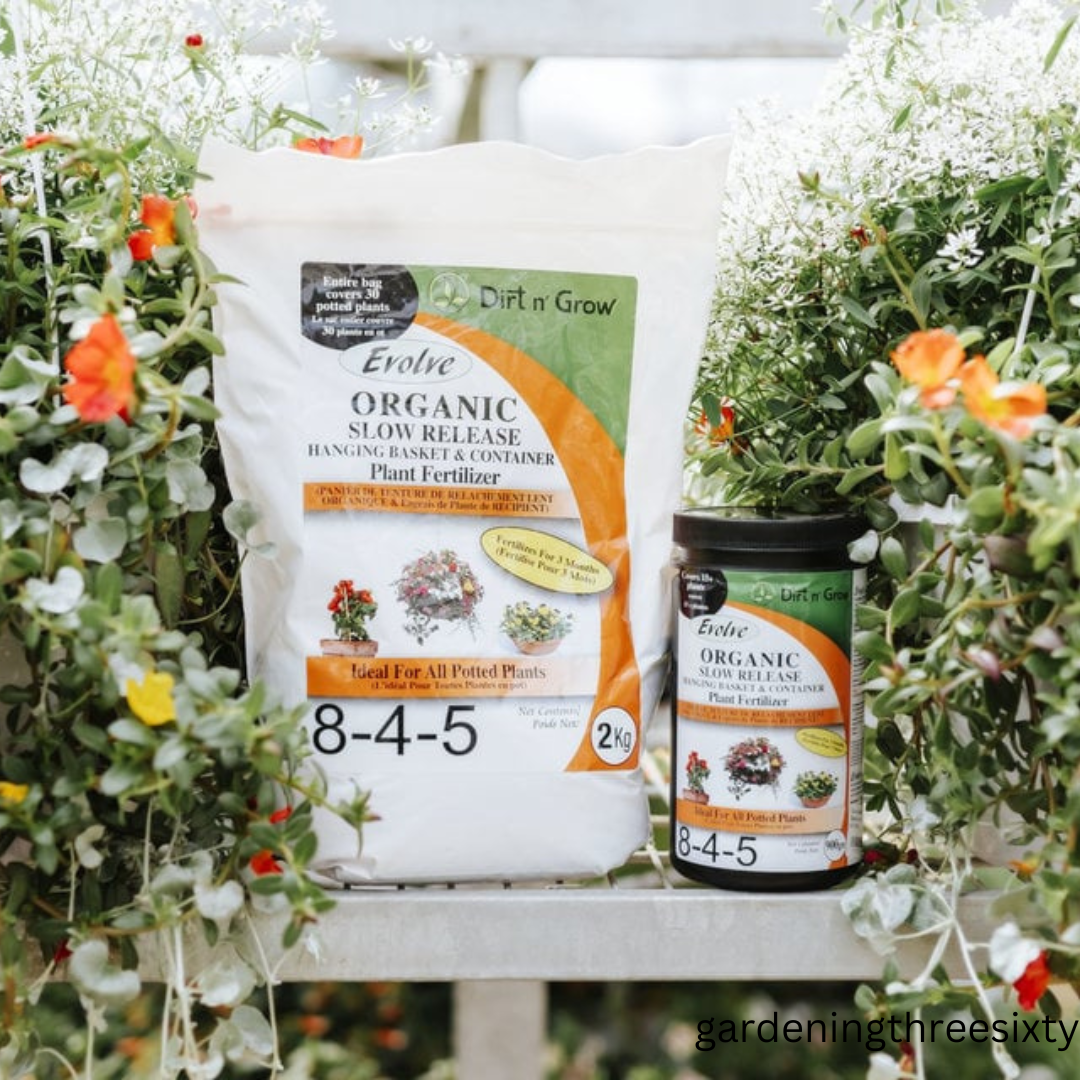
Pest and Disease Control
Monitor for Pests
Keep an eye out for common pests like aphids, mealybugs, and spider mites. Inspect the undersides of leaves and treat infestations promptly with organic or chemical controls as needed.
Disease Prevention: Practice good hygiene by removing fallen leaves and debris from your baskets to reduce the risk of fungal diseases. Provide adequate airflow around plants to prevent moisture buildup.
Seasonal Care
Winter Protection
In colder climates, protect hanging baskets from frost or freezing temperatures by bringing them indoors or covering them with frost cloths. Reduce watering frequency during winter dormancy.
Summer Heat
During hot summer months, provide shade or partial shade to prevent heat stress on plants. Water baskets more frequently during periods of extreme heat to keep plants hydrated.
Advanced Care Techniques for Hanging Baskets
To elevate your hanging basket gardening skills and ensure exceptional plant health, consider incorporating these advanced care techniques into your routine:
Quality Mix
Use a high-quality potting mix specifically formulated for container gardening. Choose mixes that contain ingredients like peat moss, perlite, and vermiculite for good drainage and aeration.
Moisture Retention
Add moisture-retaining amendments like water-absorbing crystals or composted materials to the potting mix to help retain moisture and reduce watering frequency.
Mulch Layer
Apply a thin layer of organic mulch, such as shredded bark or compost, on the soil surface of your hanging baskets. Mulch helps conserve moisture, regulate soil temperature, and suppress weed growth.
Watering Techniques
Deep Watering
Water your hanging baskets thoroughly until water drains from the bottom to ensure deep root hydration. Avoid shallow watering that only moistens the top layer of soil.
Drip Irrigation
Consider installing a drip irrigation system for automated and efficient watering. Drip irrigation delivers water directly to the root zone, reducing water waste and promoting healthier plants.
Plant Support and Training for Hanging Baskets
Staking and Support
Provide support for tall or climbing plants in your hanging baskets by using stakes, trellises, or support rings. This prevents plants from becoming top-heavy or leaning excessively.
Training Trailing Plant
Train trailing or vining plants to cascade gracefully by gently guiding their growth along desired pathways. Use plant ties or clips to secure stems without causing damage.
Seasonal Rotation
Rotate your hanging baskets periodically to ensure even sunlight exposure and prevent uneven growth. Move baskets to different locations based on seasonal sun patterns.
Refresh Plantings
Rejuvenate your baskets by refreshing plantings with new specimens or adding complementary plants for seasonal interest. Replace exhausted annuals or prune back overgrown plants as needed.
Integrated Pest Management (IPM) for Hanging Baskets
IPM Strategies
Implement integrated pest management strategies to control pests and diseases effectively while minimizing environmental impact. Use a combination of cultural, biological, and least-toxic chemical controls as part of your IPM approach.
Expert Tips for Stunning Hanging Baskets
Here are additional expert tips and strategies to elevate your hanging basket gardening experience:
Seasonal Succession Planting
Continuous Bloom
Plan for seasonal succession planting to ensure continuous blooms and color throughout the year. Replace spent plants with new varieties or species that thrive in the upcoming season.
Transition Plants
Choose transition plants that bridge the gap between seasons, such as pansies or ornamental kale for autumn and winter baskets, and early-blooming bulbs for spring displays.
Controlled Release Fertilizers for Hanging Baskets

Long-lasting Nutrition
Consider using controlled-release fertilizers that provide nutrients gradually over time. These fertilizers reduce the frequency of application and ensure consistent nutrition for plants.
Balanced Formulas
Select balanced formulas with a blend of essential nutrients, including nitrogen, phosphorus, and potassium, tailored to the needs of flowering and foliage plants.
Microclimate Awareness
Be aware of microclimates within your garden or outdoor space, including areas with varying sunlight exposure, wind patterns, and moisture levels.
Plant Placement
Place hanging baskets strategically to take advantage of microclimates, such as sheltered spots for delicate plants or sunny areas for sun-loving species.
Companion Planting
Complementary Pairings
Practice companion planting by pairing compatible plants that benefit each other. For example, plant marigolds alongside vegetables in hanging baskets to deter pests and attract pollinators.
Herb and Flower Combos for Hanging Baskets
Combine flowering plants with aromatic herbs like lavender or mint to enhance the sensory experience and repel pests naturally.
Soil pH Monitoring
pH Balance
Monitor soil pH levels periodically to ensure optimal nutrient uptake by plants. Adjust pH as needed using amendments like lime for alkaline soils or sulfur for acidic soils.
pH Testing Kits
Use soil pH testing kits available at garden centers or laboratories to determine the acidity or alkalinity of your potting mix.
Creative Containers
Unconventional Containers
Get creative with container choices by using unconventional items like vintage baskets, teacups, or repurposed containers for unique hanging displays.
Upcycled Materials
Upcycle materials such as old wooden crates, metal buckets, or woven baskets into charming hanging planters with proper drainage and support.
Sustainable Practices for Hanging Baskets
Water Conservation
Practice water conservation by using rainwater harvesting systems or installing drip irrigation for efficient watering.
Organic Gardening
Embrace organic gardening practices by using organic fertilizers, pest control methods, and soil amendments to promote biodiversity and eco-friendly gardening.
FAQ’s
What plant is best for hanging baskets?
There are many great plants for hanging baskets, but some of the most popular and easiest to care for include, Petunias, Begonias, Impatiens, Fuchsias, etc
Do hanging baskets like full sun?
Not all hanging baskets are like full sun. Some plants that do well in hanging baskets and prefer full sun
Do hanging baskets need a lot of water?
Hanging baskets tend to dry out faster than plants in the ground for a couple of reasons, Potting mix and exposure, Because of this, hanging baskets do need more frequent watering than other plants. However, they don’t necessarily need a lot of water at each watering. The key is to water them regularly and thoroughly
What are the tips for hanging plants?
Here are some tips for hanging plants i.e. Choosing the right plant, Picking the right planter, Watering, lighting, Placement, Fertilizing, and Maintaining the plant.
Conclusion
hanging baskets offer a versatile and charming way to enhance any outdoor or indoor space. They add a touch of natural beauty, create a sense of tranquility, and maximize space utilization. Whether filled with colorful flowers, lush greenery, or herbs, hanging baskets bring life and vibrancy to gardens, balconies, and porches. Their practicality extends to easy maintenance, watering, and seasonal changes. With a wide range of designs and materials available, hanging baskets cater to diverse tastes and preferences, making them a popular choice for gardening enthusiasts and homeowners looking to elevate their surroundings with a touch of elegance.
